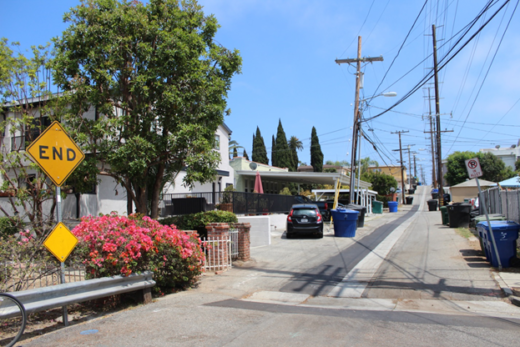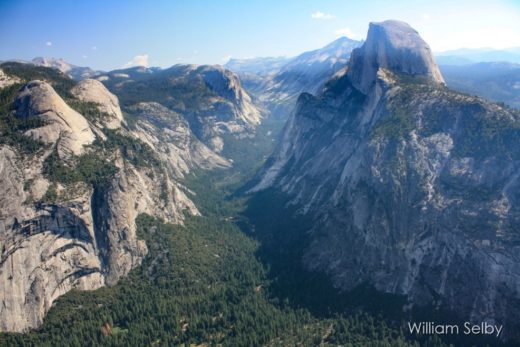An article published by 24/7 Wall Street in late February, 2018 outlined the growing disparities between rich and poor and the continuing shrinking of the middle class in America from 2007-2016. Among U.S. states with the greatest middle class decline, California ranked 9th, where the share of income made by the upper 20% grew much faster than the middle 20% and several times faster than the lower 20%. One result is that over half of middle class Californians are paying more than 1/3 of their incomes on housing and that percentage continues to increase with skyrocketing housing prices.

In the 2018 4th edition of our publication (particularly in our Chapter 10 on Economic Geography), we examine how these growing income disparities are further dividing Californians and driving wedges between the two Californias. The wealthiest 20% can afford to live and play in prime locations with the greatest employment opportunities. This includes the most cherished neighborhoods in every region, but particularly coastal cities and the most iconic scenic enclaves.
The California Dream still exists for those capable of paying for it. Increasingly, working and middle classes are forced to retreat into less desirable neighborhoods, often farther from the coast and away from better employment opportunities, segregating Californians into what some would consider two different states. Where you find yourself and your family during this period of remarkable economic growth may shape or distort how you perceive your sense of place and your future in the Golden State.






